Cultural Spotlight: Hispanic Heritage Month
“My name is Claudio Nunez Vargas, and I proudly work in the Security Department at Franciscan Children’s. In recognition of Hispanic Heritage Month, I’d like to share a bit about my culture and traditions.
I identify as Puerto Rican, also known as “Boricua” to native people, with three different cultures: African, Spanish and Taino (Indian). The term Boricua derives from the indigenous name for the island of Puerto Rico: Boriken or Boriquín. The Boricuas first inhabited the island many years ago, before Spain came and conquered the land. The vast majority of present-day Puerto Ricans partially descended from migrants of Spain, Africa and the Taíno people, who are indigenous inhabitants of the island. Aspects of all three of these cultures can still be seen in modern day Puerto Rico and its people. Today, Puerto Rico is a Caribbean island and unincorporated territory of the United States. It has a landscape of mountains, waterfalls and El Yunque, a tropical rainforest with parrots of all different colors.
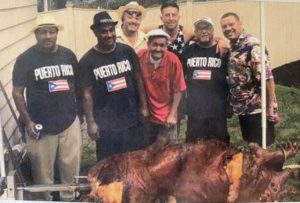
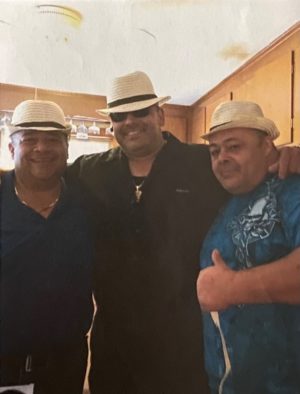
There are many different holidays that I celebrate as a part of my Boricua culture. One important holiday that we celebrate is called, “Los Tres Reyes Magos”. This festival celebrates the day when the three kings: Melchor, Baltazar and Gaspar followed the Star of Bethlehem to the baby Jesus, bringing him gifts of gold, frankincense and myrrh. Children write lists of things they’d like to receive from the Three Kings, similar to making a list for Santa Claus. Then on the night of January 5th, children decorate boxes and fill them with grass for the Three Kings’ camels to eat and leave them at the foot of their beds. During the night, The Three Kings visit each house and leave presents for the children and parents. The following day (January 6), families gather together for large celebrations filled with music, food and more! Festivals are often held to celebrate and include parades and live entertainment, including two cultural dances: Bomba and Plena. These dances were originally brought over by slaves from Africa, and are still danced in all festivals today.

Click here to learn more about and watch Bomba dancing.
Click here to learn a few of the basic Bomba steps.
Click here to watch Plena dancing.
Another important celebration in Puerto Rico is Carnival. During Carnival, individuals dance in brightly decorated costumes and vejigante masks. A vejigante is a folkloric character that is mainly seen during Carnival. The vejigante masks are made from coconut shells, gourds or papier- maché. During other festival celebrations individuals wear red, white, and blue with different emblems on their shirts like Congo drums, roosters, and El Morro. El Morro is a national monument that was originally built by Spanish troops back in 1539 as a fort to stand guard at the entrance to San Juan harbor.
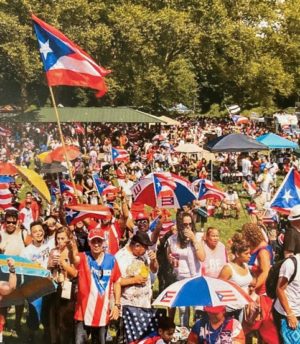
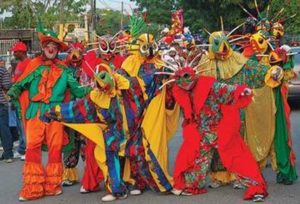
Similar to other cultures, Puerto Ricans like to enjoy good food during family gatherings. Some of the most common foods are: el pastel con arroz con gandules or habichuelas, lechón asado, piña coladas and el coquito. Here are a couple of my favorite recipes:
Arroz con Gandules y Vegetales
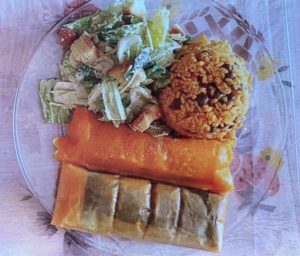

Thank you for taking the time to learn about my culture! I am extremely proud of being Boricua and am happy to share more about my culture with you. “
View All Blog Stories